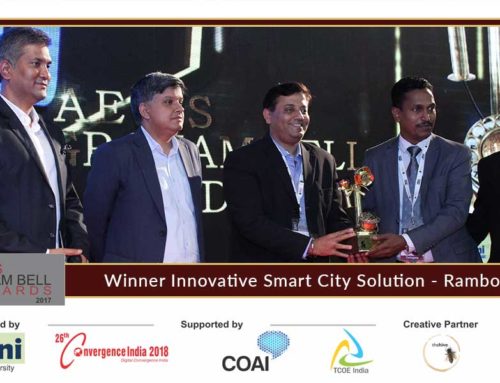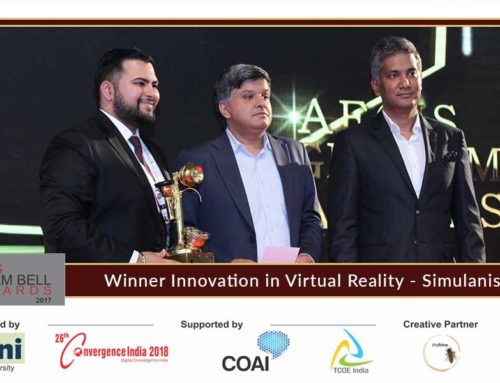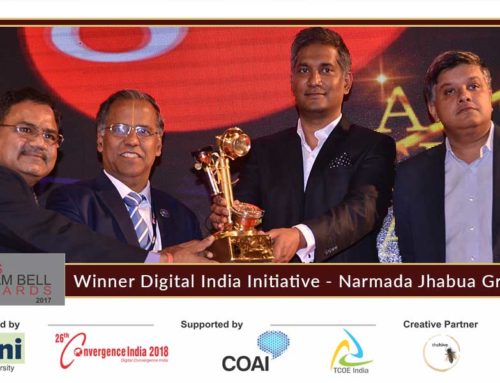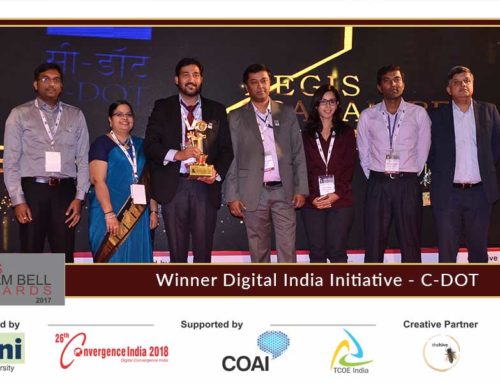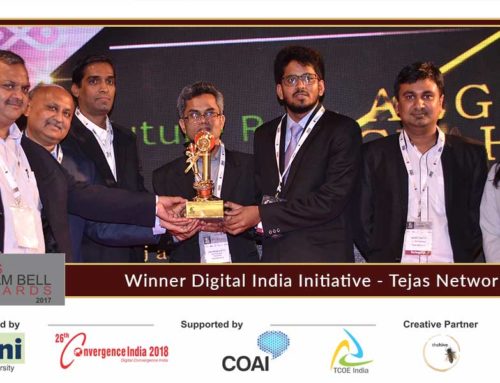IBM presents its innovation “IoT for Precision Agriculture” under the “Innovation in IoT” category.
IoT, Remote Sensing and Weather come together to support the global food system
Have we ever thought about what goes behind the scenes before adding that bunch of grapes in our basket? Irrespective of the crop, growers across the world have struggled to manage the consumption of inputs such as water and unpredictability of weather, dwindling natural resources like arable land, increasing demand for agricultural products, volatility in commodity and energy prices are making agriculture a high-risk business. Increasing threats about food security due to increasing population (9.6B by 2050 as per FAO, UN which means 70% more food with same resources- land, water etc) are pushing those in this business to think of innovative ways to deal with this challenge.
An average Indian Farmer, for instance, has three fundamental problems:
- Increase productivity (conversion of inputs to crop output) to be more in line with regional / world averages;
- Get a decent monetization of that crop output (market access, fair price, minimum support prices (MSPs), export markets, urban consumption)
- Reduce the risks in production (eg: dependence on monsoon, financial risks due to volatile costs/prices, and extreme event risks).
While these problems include policy, markets, supply chain related matters, the underlying answer to address each of them lies in the information/ data gathered and available from different regions in India.
India has the 2nd largest agricultural land in the world: 157.35 million hectares. Agriculture is the primary source of livelihood for over 50% (~58%) of India’s population, but accounts for under 15% of GDP. Also the growth rate of agricultural GDP is 4% or lower and a similar pattern exists even in the developed economies. (Source IBEF report).
What can we do to help our farmers?
Most of the issues can be tackled if farmers and other downstream stakeholders have access to the much-needed information for ‘productivity boost’ and better manage their crop yield.
The Internet of Things uncovers critical insights about the plants, soil and the climate that can turn around the operational efficiency and viability of Agriculture as a business. The information is tracked from various Food and Agriculture (F&A) sources as seen in the below graphic.

IBM Solution: ‘IoT for Agriculture’
IBM solution brings the data from on-field sensors, aerial drones, Remote Sensing satellites and Weather sources together to generate actionable insights for the farmers, agronomists and for several other stakeholders in the Agribusiness value chain to address the challenges of today’s industry.

NDVI- Normalized Difference Vegetation Index
How does the solution work?
- IoT/local sensing data channels collects information from various sources like mobile, equipments, weather, soil, topography, yield.
- The data from local sensing, Remote Sensing (IBM PAIRS – a Big Data Geospatial analytics repository built by IBM Research), Weather (from The Weather Company) and any existing Farm Management system are fused on IoT Platform and Agriculture Data Marketplace to develop high order agro-tech analytical models.
- This agro-tech models/API library, is growing and is being improved with every passing day. It includes models for:
- Crop vigor analysis (High Definition corrected NDVI)
- Pest/Disease Prediction Maps
- Soil Moisture Insights (based on in-field sensors and remote satellite data)
“IBM has had a long standing commitment to Innovation – for our company and for the world. Aligned to this core value, Aegis Graham Bell Awards provides a great platform to demonstrate innovations in technology, encourages spirit of entrepreneurship and offers impetus for a Digital India. In addition, these awards also enable innovators to collaborate and co-create solutions that have the potential to deliver exponential outcomes” – Ms Manisha Sharma, Global Product Management Leader, Industry Offerings, Watson IoT App Factory, IBM.
About Aegis Graham Bell Award:
The Aegis Graham Bell Award is the largest innovation award for the ICT domain in India. The Aegis School of Business, Data Science, Cyber Security and Telecommunication has established the Aegis Graham Bell Award as a tribute to the father of the telephony, Alexander Graham Bell. This Award is intended to promote innovation, entrepreneurship in the field of Telecom, Social, Mobility, Analytics, Cloud, and Security to provide recognition for outstanding contributions by the innovators. The Award is organized with support of the Cellular Operators Association of India (COAI), and Telecom Centres of Excellence (TCOE), Convergence India and Deloitte as a knowledge partner. The 8th Award ceremony will take place on 23th February 2018 at New Delhi. For further information, please visit: www.bellaward.com



